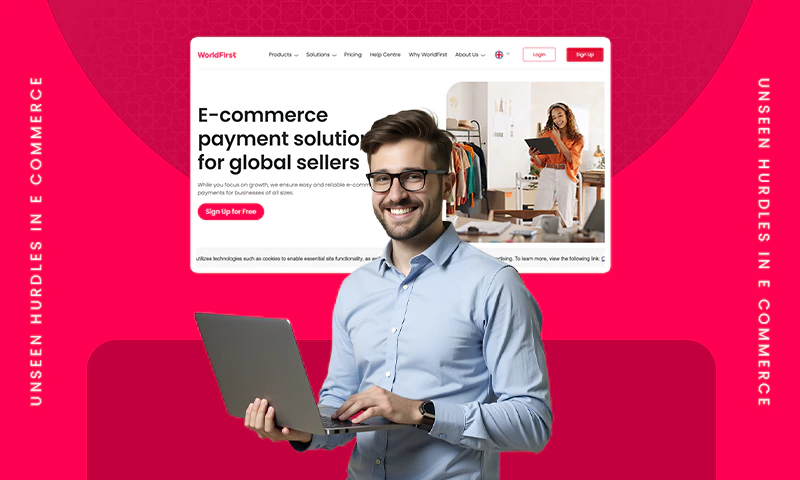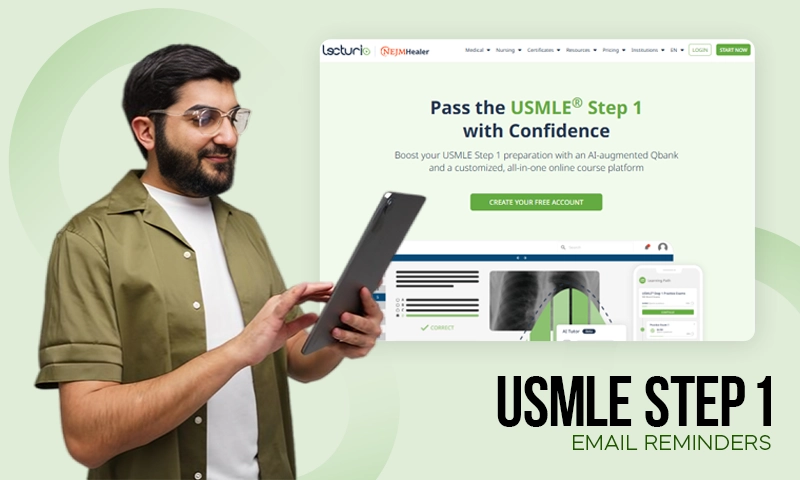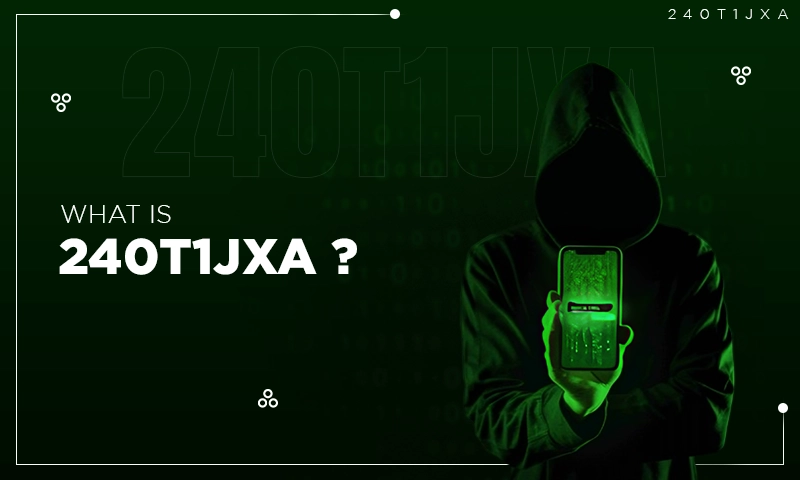Advanced Approaches to Document Viewing Security
As organizations transition to paperless environments, the need for robust document viewing security measures has never been more critical. This article explores advanced approaches to document viewing security, highlighting strategies, technologies, and best practices that can help safeguard sensitive information from unauthorized access and breaches.
Understanding Document Viewing Security
Document viewing security encompasses a range of strategies and technologies designed to protect sensitive documents from unauthorized access during their viewing process. This includes measures to prevent data leaks, unauthorized sharing, and tampering. As organizations handle increasingly sensitive data, understanding the nuances of document viewing security is essential.
The Importance of Document Security
Organizations often deal with confidential information, including personal data, financial records, and proprietary information. A breach in document security can lead to severe consequences, including financial losses, reputational damage, and legal ramifications. Therefore, implementing effective document viewing security measures is not just a best practice; it is a necessity. In addition to protecting sensitive information, robust document security can enhance customer trust and loyalty, as clients are more likely to engage with organizations that prioritize their data privacy. Regulatory compliance with laws such as GDPR and HIPAA mandates stringent security measures, making it imperative for organizations to adopt comprehensive security frameworks.
Common Threats to Document Security
Several threats can compromise document security. These include unauthorized access by external attackers, insider threats from employees, and vulnerabilities in software used for document viewing. Understanding these threats is the first step in developing a comprehensive security strategy.
For instance, phishing attacks can trick employees into revealing sensitive information, while malware can infiltrate systems to gain access to confidential documents. Besides, the rise of remote work has introduced new challenges, as employees may access sensitive documents from unsecured networks or personal devices, further increasing the risk of exposure. Organizations must remain vigilant and proactive in identifying potential vulnerabilities and implementing appropriate safeguards, such as encryption, multi-factor authentication, and regular security training for employees.
Advanced Technologies for Document Security
With the rise of sophisticated cyber threats, traditional security measures are often insufficient. Advanced technologies are now available to enhance document viewing security significantly. These technologies not only protect documents but also provide organizations with greater control over how their information is accessed and shared.
Digital Rights Management (DRM)
Digital Rights Management (DRM) is a technology that helps control how digital content is used and distributed. By implementing DRM, organizations can set permissions for document viewing, editing, and sharing. This ensures that only authorized users can access sensitive documents, and it restricts the ability to copy or share content without permission.
DRM solutions often include features such as watermarking, which can deter unauthorized sharing by embedding identifying information into the document. This not only helps track the source of leaks but also acts as a deterrent against unauthorized distribution.
Encryption Techniques
Encryption is another critical component of document viewing security. By encrypting documents, organizations can ensure that even if unauthorized users gain access to the files, they cannot read or use the information without the appropriate decryption keys. There are various encryption standards available, including AES (Advanced Encryption Standard), which is widely regarded for its strength and reliability.
End-to-end encryption is particularly effective, as it secures documents from the moment they are created until they are viewed by authorized users. This means that even if data is intercepted during transmission, it remains secure and unreadable without the proper keys.
Implementing Access Controls
Access controls are a fundamental aspect of document viewing security. By carefully managing who can access sensitive documents, organizations can significantly reduce the risk of unauthorized access and data breaches. There are several strategies for implementing effective access controls.
Role-Based Access Control (RBAC)
Role-Based Access Control (RBAC) is a method of restricting system access to authorized users based on their roles within an organization. By assigning permissions based on job functions, organizations can ensure that employees only have access to the documents necessary for their roles. This minimizes the risk of sensitive information being accessed by individuals who do not need it.
RBAC can be further enhanced by regularly reviewing and updating access permissions to reflect changes in personnel or job responsibilities. This proactive approach helps maintain a secure environment and mitigates the risk of insider threats.
Multi-Factor Authentication (MFA)
Multi-Factor Authentication (MFA) adds an additional layer of security by requiring users to provide two or more verification factors to gain access to documents. This could include something they know (a password), something they have (a mobile device), or something they are (biometric data). By implementing MFA, organizations can significantly reduce the risk of unauthorized access, even if a password is compromised.
MFA is particularly important for accessing sensitive documents, as it ensures that only verified users can view or interact with the information. This is especially crucial in industries that handle highly confidential data, such as healthcare and finance.
Best Practices for Document Viewing Security
While advanced technologies and access controls are essential, adopting best practices can further enhance document viewing security. These practices help create a culture of security within an organization and ensure that all employees understand their role in protecting sensitive information.
Regular Training and Awareness Programs
Employees are often the first line of defense against data breaches. Regular training and awareness programs can help educate staff about the importance of document security and the specific measures in place to protect sensitive information. Topics may include recognizing phishing attempts, understanding the risks of sharing documents, and following proper protocols for accessing sensitive data.
By fostering a culture of security awareness, organizations can empower employees to take an active role in protecting sensitive documents, thereby reducing the likelihood of accidental breaches or negligence.
Regular Security Audits and Assessments
Conducting regular security audits and assessments is crucial for identifying vulnerabilities in document viewing security measures. These assessments can help organizations pinpoint weaknesses in their systems and processes, allowing them to address potential issues before they lead to breaches.
Security audits should include a review of access controls, encryption practices, and employee training programs. By continuously evaluating and improving security measures, organizations can stay ahead of emerging threats and ensure the ongoing protection of sensitive documents.
Conclusion
Document viewing security is a complex but essential aspect of modern information management. By leveraging technologies such as DRM and encryption, implementing robust access controls, and fostering a culture of security awareness, organizations can significantly enhance their document viewing security.
Ultimately, the goal is to protect sensitive information from unauthorized access while enabling authorized users to access the documents they need efficiently. By prioritizing document viewing security, organizations can safeguard their most valuable asset: their data.
Share











